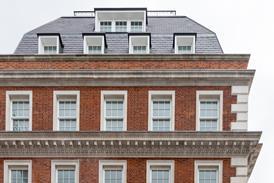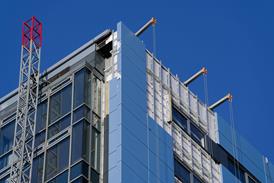- News

All the latest updates on building safety reformRegulations latest
- Focus
- Home
- News
- Focus
- Comment
- Events
- CPD
- Building the Future
- Jobs
- Data
- Subscribe
- Building Boardroom
Wellbeing: how can we ensure our buildings deliver a better quality of life?
By Sadie Morgan2019-02-26T06:00:00

A trip to New Zealand reveals that even on the other side of the world, designers of the built environment could do more to put wellbeing first
I was recently in New Zealand, speaking at the Institute of Architects’ conference, and everyone I met talked about the benefits of living there, with “quality of life” referenced in almost every sentence.
It is hard to disagree with the perfect climate, abundant landscape, clean air and a self-sufficiency that The Good Life’s Tom and Barbara could have only imagined. The cities, however, tell a different story: a straining infrastructure system, lack of affordable housing, a surprising dearth of good public realm, and a focus on the car rather than the pedestrian.
…
Already registered? Login here
To continue enjoying Building.co.uk, sign up for free guest access
Existing subscriber? LOGIN
Stay at the forefront of thought leadership with news and analysis from award-winning journalists. Enjoy company features, CEO interviews, architectural reviews, technical project know-how and the latest innovations.
- Limited access to building.co.uk
- Breaking industry news as it happens
- Breaking, daily and weekly e-newsletters
Get your free guest access SIGN UP TODAY

Subscribe now for unlimited access
Subscribe to Building today and you will benefit from:
- Unlimited access to all stories including expert analysis and comment from industry leaders
- Our league tables, cost models and economics data
- Our online archive of over 10,000 articles
- Building magazine digital editions
- Building magazine print editions
- Printed/digital supplements
Subscribe now for unlimited access.
View our subscription options and join our community
















